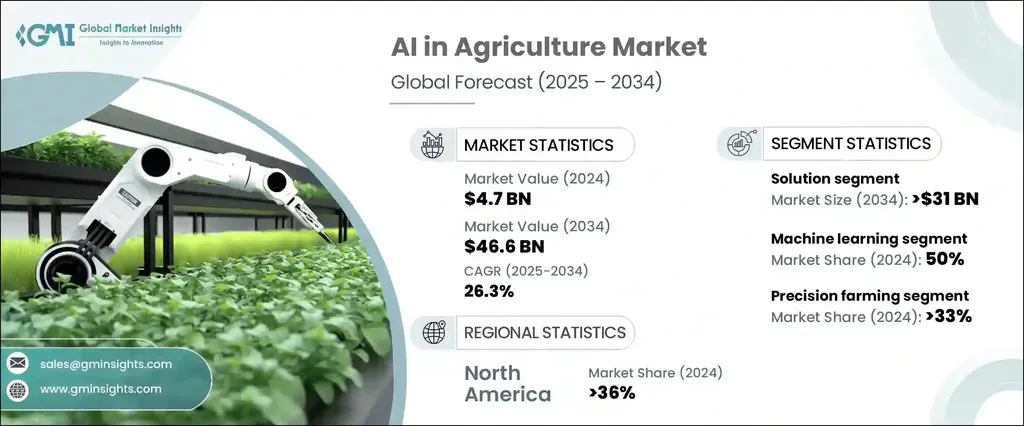In the heart of Spain, researchers are pioneering a new approach to agriculture that could revolutionize how farmers monitor and manage crop health. Arturo Barriga, a lead researcher from the Quercus Software Engineering Group at the University of Extremadura, is at the forefront of this innovation. His team has successfully integrated Internet of Things (IoT) technology with machine learning to forecast critical physiological parameters of crop leaves, a breakthrough that could significantly enhance resource use efficiency and crop resilience in the face of accelerating climate change.
The study, published in IEEE Access (translated as “IEEE Open Access”), focuses on two key indicators of crop health: Leaf-Turgor Pressure (P_leaf) and Leaf Temperature (T_leaf). These parameters provide vital insights into crop water stress and overall health, enabling farmers to make informed decisions about irrigation and other management practices. However, traditional IoT systems only offer real-time measurements, leaving farmers reactive rather than proactive.
Barriga and his team addressed this limitation by developing a novel system that not only monitors but also forecasts these physiological parameters. “By leveraging machine learning algorithms, we can now anticipate future conditions, allowing farmers to take preventive measures before issues arise,” Barriga explains. The team collected data from an experimental plot of Japanese plum trees over five months, using sensors to monitor P_leaf and T_leaf, along with weather conditions. They then applied machine learning algorithms to train models for forecasting these parameters.
The results were impressive. Support Vector Regression emerged as the best algorithm, achieving R-squared values of 0.96 for P_leaf and 0.99 for T_leaf forecasting, with a one-week forecast horizon. These high accuracy rates indicate that the models can reliably predict future conditions, providing farmers with a powerful tool for proactive management.
One of the most exciting aspects of this research is the development of a comprehensive digital twin software system. This system integrates the forecasting models, creating a virtual replica of the physical orchard that can be used for simulation, analysis, and decision-making. “The digital twin allows us to test different scenarios and strategies, optimizing resource use and improving overall crop health,” says Barriga.
The implications of this research extend beyond agriculture. In the energy sector, for instance, understanding and predicting crop health can inform bioenergy production strategies. Healthy, well-managed crops can lead to more efficient and sustainable bioenergy feedstocks, contributing to a more resilient and sustainable energy sector.
As climate change continues to pose challenges to agriculture and other sectors, the need for proactive, data-driven solutions has never been greater. Barriga’s work represents a significant step forward in this area, laying the groundwork for more sustainable and resilient farming practices. “This is just the beginning,” Barriga notes. “As we continue to refine and expand these technologies, we can expect to see even greater improvements in crop management and resource use efficiency.”
In the coming years, we can anticipate seeing more of these integrated IoT and machine learning systems in orchards and farms around the world. As the technology becomes more accessible and affordable, it could become a standard tool for farmers, helping them to navigate the challenges of climate change and ensure the health and productivity of their crops. This research not only shapes the future of agriculture but also sets a precedent for how technology can be harnessed to create more sustainable and resilient systems across various sectors.

